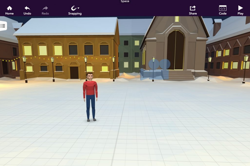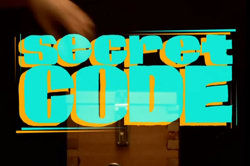CS Unplugged: Information Theory
Use the Twenty Guesses— Information Theory offline activity to explore how a computer stores information as efficiently as possible. This activity introduces a way of measuring information content. Support your teaching and learning with video clips and other related resources.
Additional details
| Year band(s) | 9-10 |
|---|---|
| Format | Web page |
| Core and overarching concepts | Digital systems |
| Australian Curriculum Digital Technologies code(s) |
AC9TDI10K02
Represent documents online as content (text), structure (markup) and presentation (styling) and explain why such representations are important
AC9TDI10K03
Investigate simple data compression techniques |
| Keywords | Communication, Information Theory, Decision tree, Compression |
| Organisation | University of Canterbury, New Zealand |
| Copyright | Creative Commons BY-NC-SA 4.0 |
Related resources
-

Emulating nature's perfect pursuit
A case study briefly describing an AI project where scientists have adapted dragonflies’ neuronal processes into a unique algorithm that emulates the insect’s phenomenal visual tracking capability.
-

VR creation with CoSpaces: The Basics
Create virtual reality with CoSpaces a new tool to explore Virtual reality (VR).
-

CS Unplugged: Field guide: Formal Languages
An online resource for teaching Computer Science to students, this chapter focusses on Formal Languages.
-

Khan Academy: Journey into cryptography
This tutorial provides a detailed treatment of cryptographic methods with comprehensive explanations of their operation.
-

Khan Academy: Journey into information theory
Mainly video based lesson sequence on general Information Theory.
-

CS Unplugged: Field guide: Coding - Encryption
An online resource for teaching Computer Science to students, this chapter focusses on Coding - Encryption.
-

CS Unplugged: Field guide: Coding - Compression
An online resource for teaching Computer Science to students, this chapter focusses on Coding - Compression.
-

CS Unplugged: Text Compression
Use these activities with your students to explore how a computer stores information as efficiently as possible.
